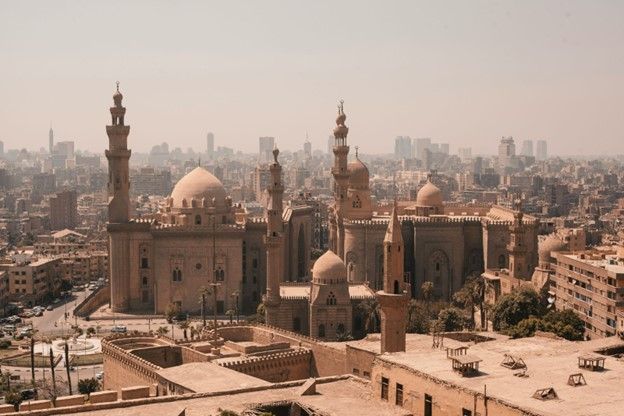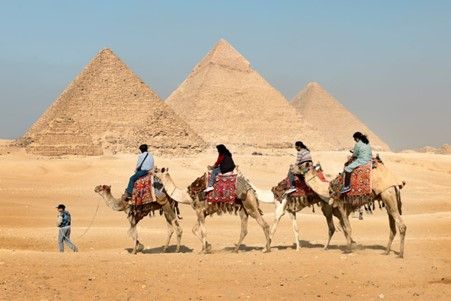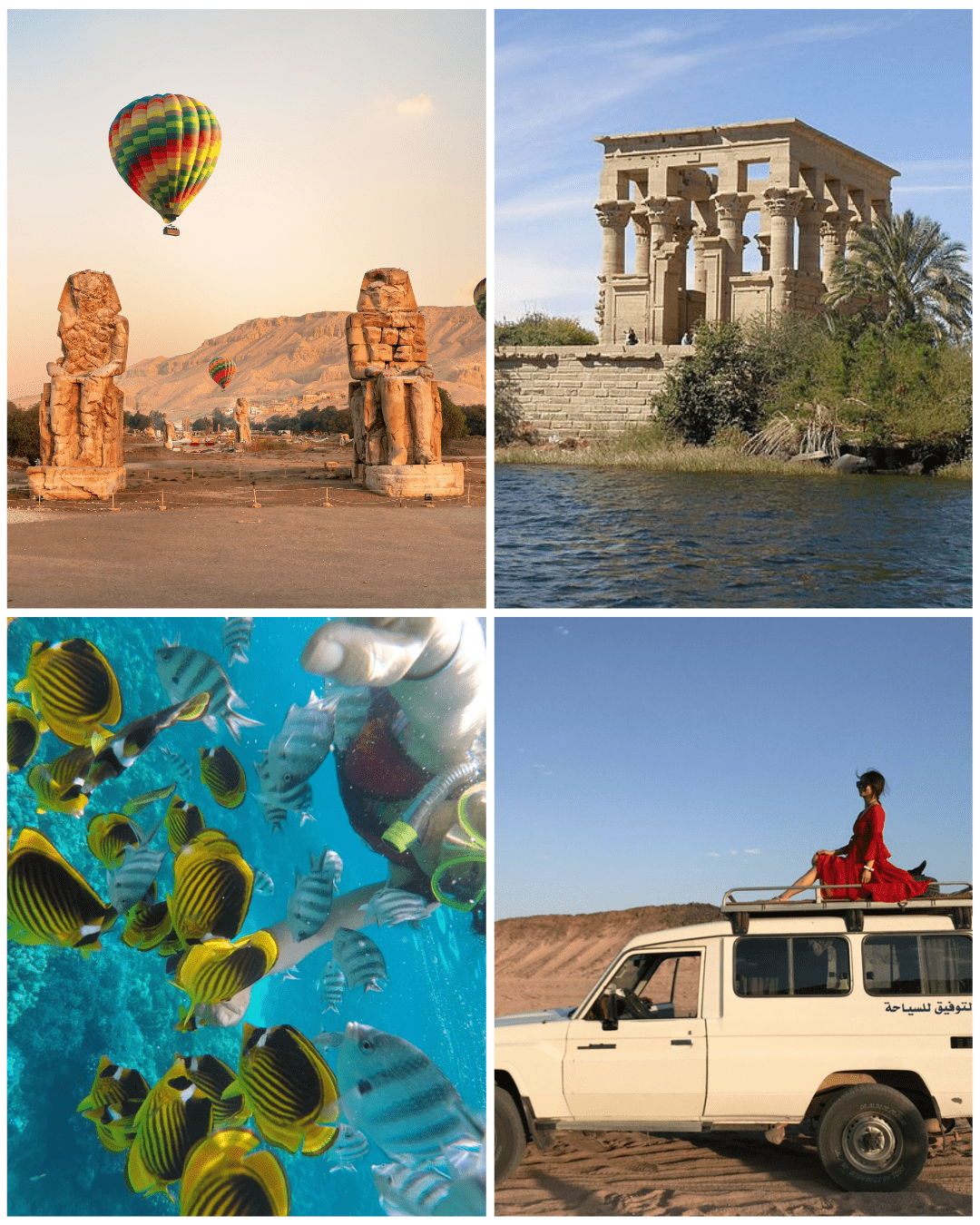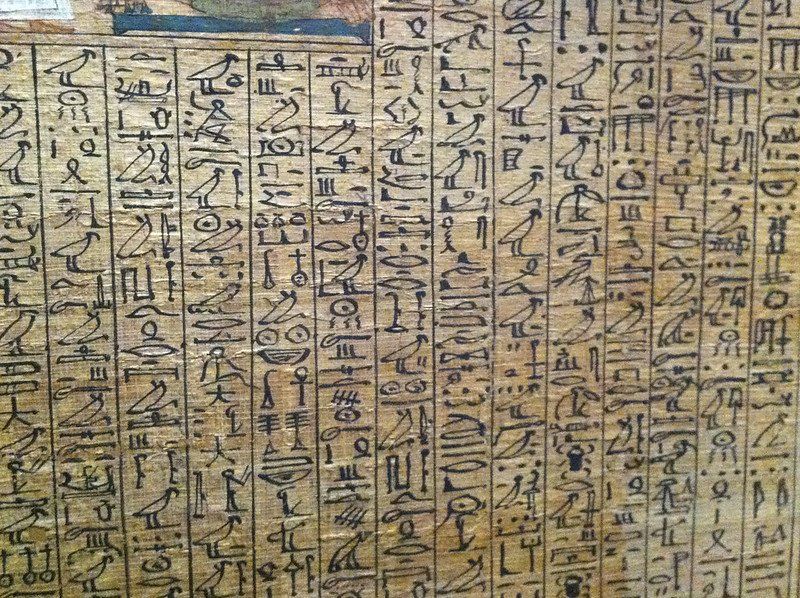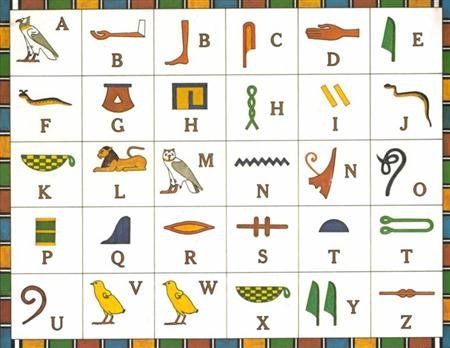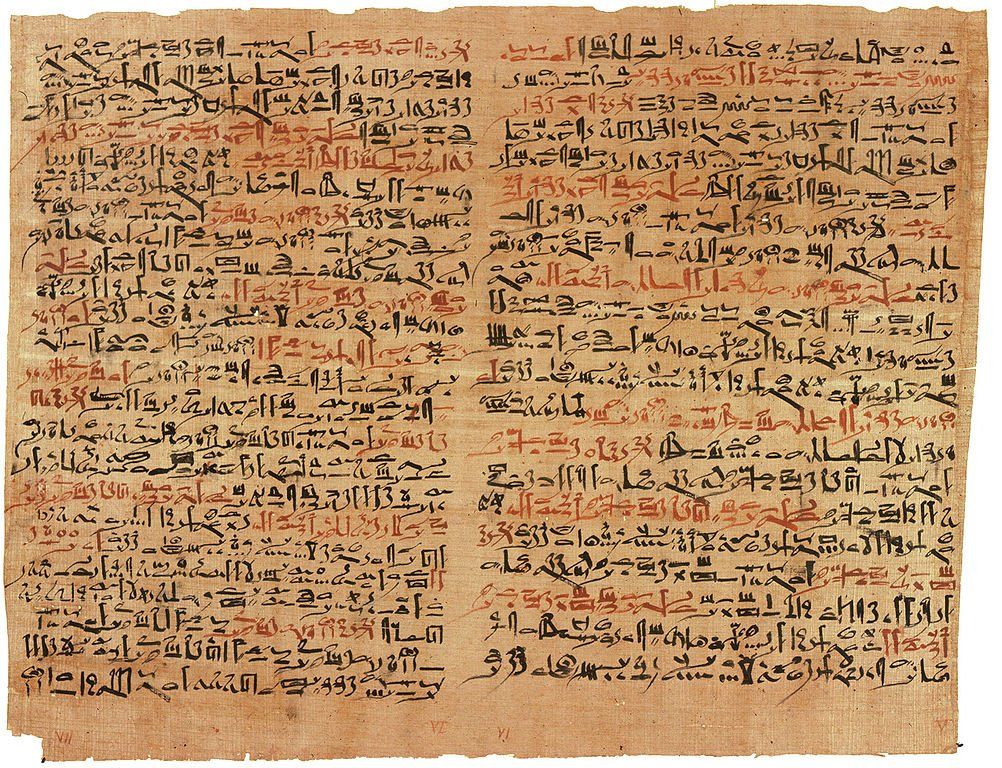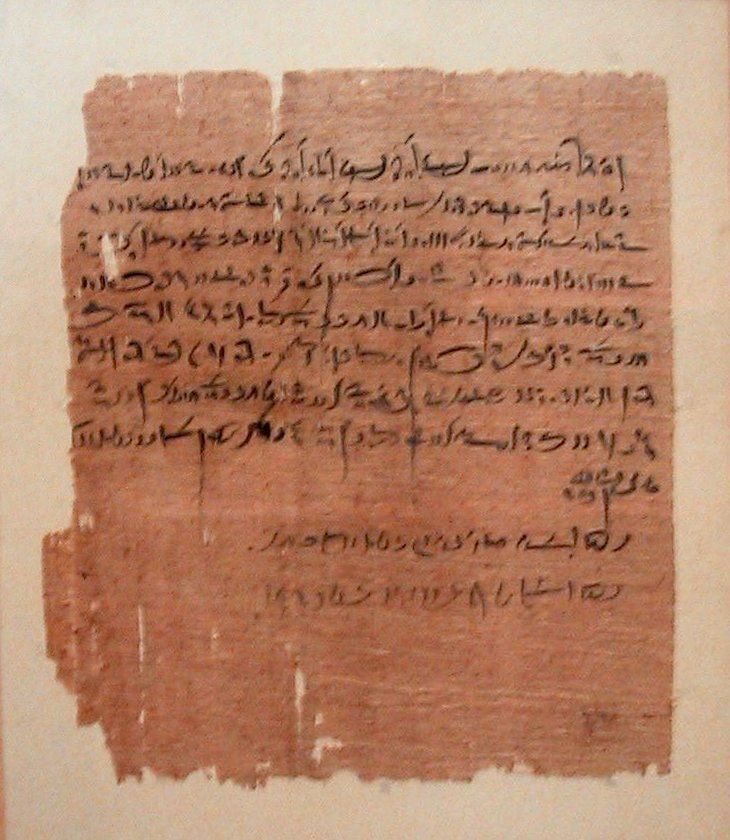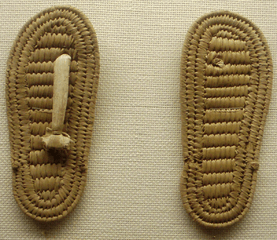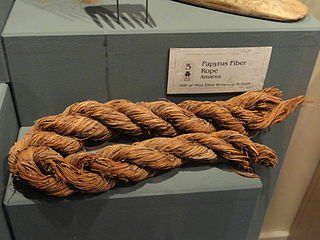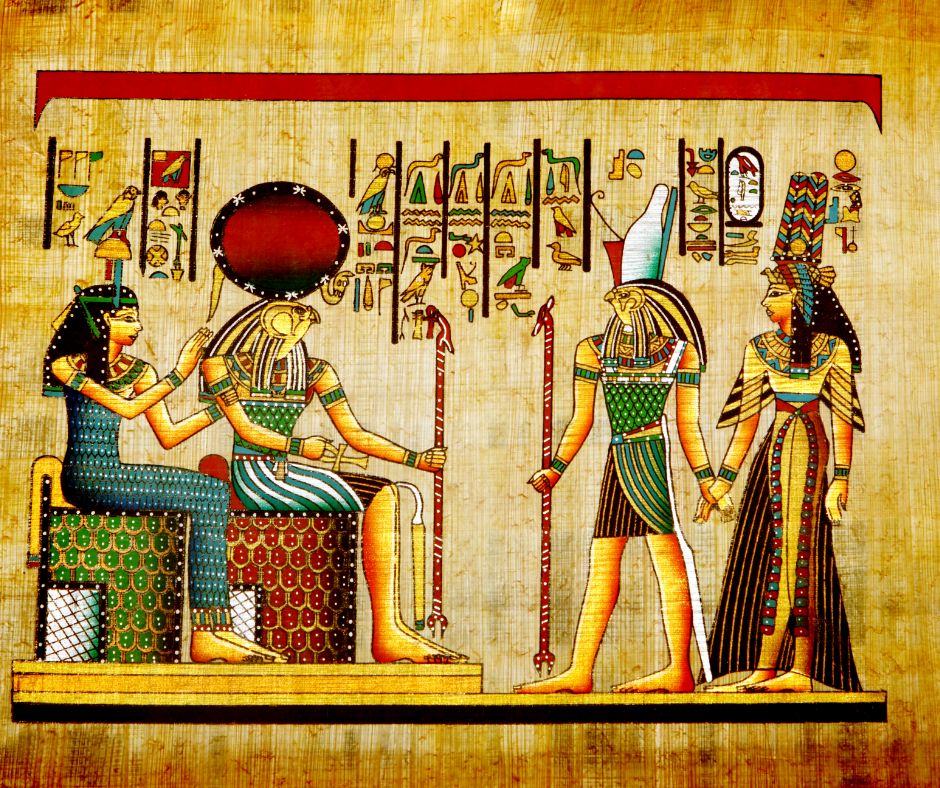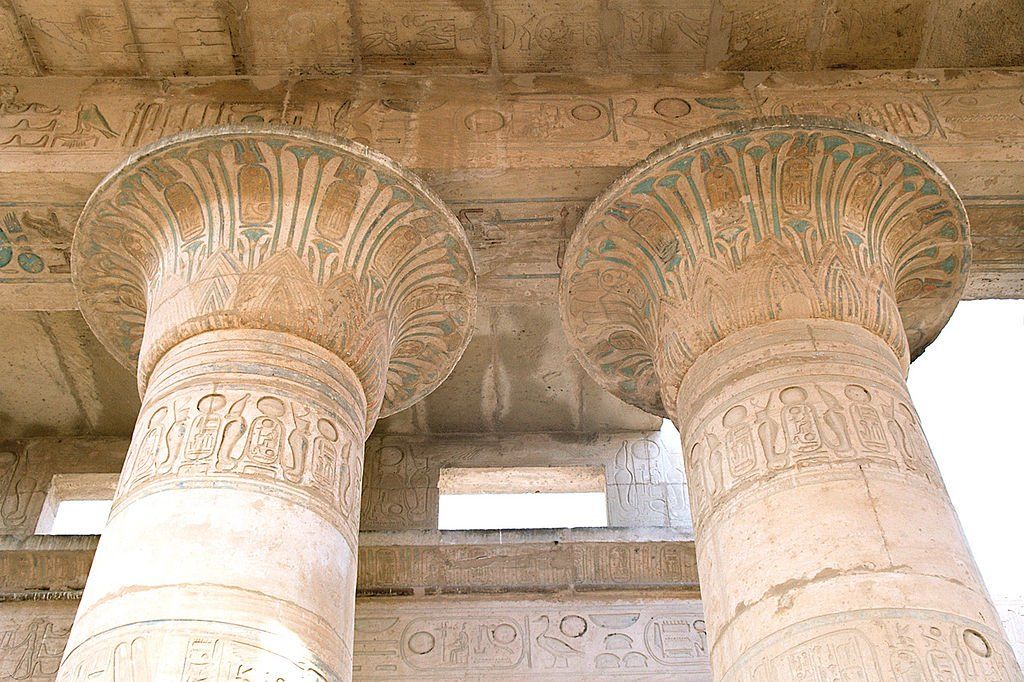Everything you need to know about Papyrus
Egypt’s Very Own Paper; Papyrus and its amazing History
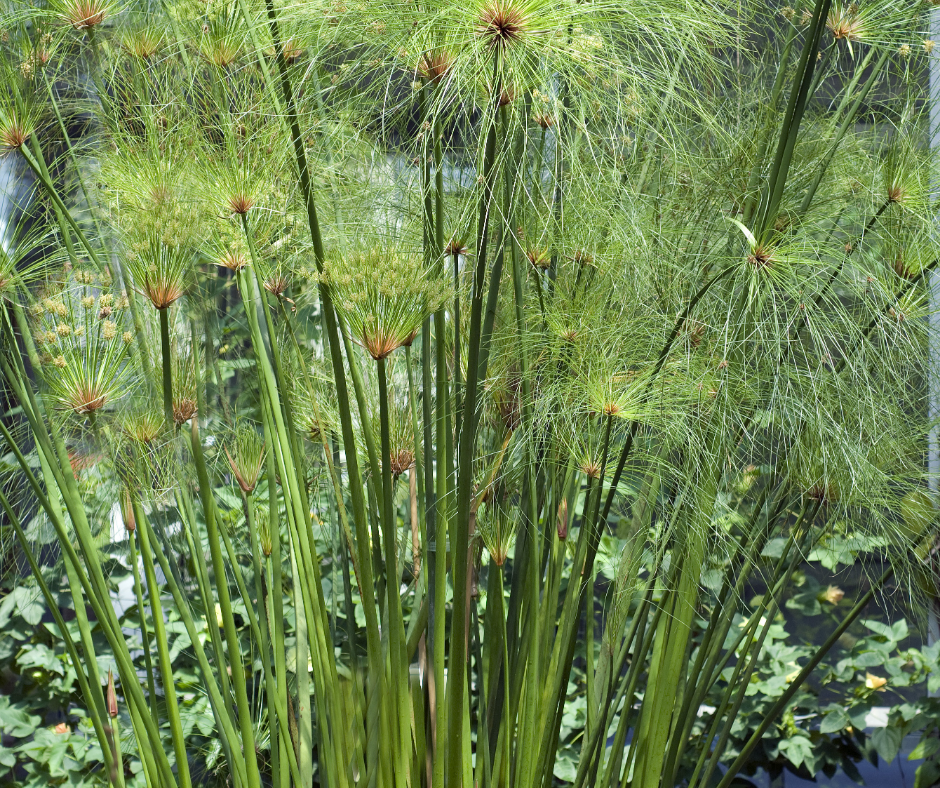
About: What is Papyrus?
The papyrus plant has been around for thousands of years. In ancient Egypt, the word "papyrus" meant more to them than just a pretty decoration or material used in their everyday lives; it was an important cultural icon that played a significant role in Egyptian culture and religion. Today, modern calligraphers use Papyrus as one of many tools they work with when creating art pieces across different mediums like canvas paintings or sculpture. Its texture is perfect for adding extra detail without destroying what's already there while bringing new life into old objects. Papyrus is a word we still use today to describe paper-like materials used for writing and drawing. Papyrus is made from one of the oldest plants: reeds which grow in wet areas near the Nile River. The earliest examples dated back 3,000 years ago and were created by Egyptians who then passed on their knowledge through generations until around 1100 AD, when it was no longer needed as parchment replaced papyrus sheets with more practical uses such as scrolls or vellum, eventually taking over at this point.
The most highlighting part of the Papyrus was confined only to Egyptian geography. However, the excellent Papyrus sheet quality made it more demanding. Indeed, looking at the rate of Papyrus, it was purchased and used by Greeks and Romans.
Etymology: What does Papyrus mean?
The word Papyrus is a Greek word from the ancient Egyptian word pa-per-aa, which means "The Great House," a title for the Royal Palace as manufacturing papyrus paper was a royal monopoly. In Modern English, the word papyrus became the word "paper"!
Origin
Papyrus plays a crucial role in reconstructing the history of Egypt. It is considered the most valuable literary source that helps to understand more about Egyptian Civilization. It grew wildly in the Delta of the Nile in the north of Egypt. However, the term papyrus is associated with paper and the plant that produces paper. The whole Egyptian Civilization is classified and divided into three parts, upper, middle, and lower Egypt. As a part of social stratification, these divisions are made. Each part of the city had its function. Indeed, the lower city functioned as Egypt's major export center. However, the Papyrus was more associated with Lower Egypt.
Archaeological Sources
From the beginning of the Egyptian Civilization's discovery, it always lacked literary sources. However, Egypt's structures, monuments, and many other antiquities helped trace back to Civilization. In 2012 and 2013, archaeological excavations at Wadi al-Jarf and ancient Egyptian harbor on the red sea coast revealed evidence of Papyrus. Also, This Papyrus evidence dates back to 2560-2550 B.C. and is about the diary of Merer. Indeed, it gives us a light on the end reign of Khufu, the builder of the Great Pyramid in Giza.
- Wadi al – Jarf: It is a famous archaeological site in Egypt. Earlier in 1832, the area was first discovered by J.G. Wilkinson. He was one of the best Egyptologists who contributed to the study of Egyptian Civilization.
- Considering the potential of Wadi al-Jarf, it was re-excavated many times. Indeed, that resulted in the findings of Papyrus. A large number of papyrus fragments were found at this site.
- The Papyrus found from Wadi al-Jarf is Egypt's oldest Papyrus ever seen. Moreover, these findings helped us understand old kingdoms' fourth dynasty.
- Even though many Papyri found here were fragmented in pieces, there were few well-preserved ones. Exceptionally 10 Papyri were well preserved.
- However, this Papyrus was mostly dated to Khufu's last reign. It also describes the central administrations. Furthermore, it also mentions the food and supplies sent to Egyptian travelers.
- The most significant part of the Papyrus findings is the Diary of Merer. It is a Papyrus logbook that dates back to 2500 BC. The book records the activities of stone transportation intended to make the Great Pyramid of Khufu.
- What makes the Diary of Merer so important? This Papyrus text helps clear the obscurity that prevailed in the construction of the Great Pyramid of Khufu.
- Indeed, it is the largest pyramid in Egypt. An estimated 2.3 million limestone blocks were used to build this Khufu pyramid.
- The diary describes limestone transportation from Tura to Giza to construct the great pyramid of Khufu.
Different types of Writings
Writing is an inevitable part of any civilization. We cant name a settlement that is a complete civilization until it has a proper way of keeping records. Indeed, writing exhibits the scholarly richness of society. Though Indus valley writings and Scripts are not deciphered yet, they also had a way of writing. Scribes are the ones involved in the writings. They enjoyed a top position in society. Different varieties of writings prevailed in Egyptian civilizations. Let us look at some of the writings involved in the Egyptian Papyrus sheets. The Ancient Egyptian believed that God Thoth, God of Wisdom, was the one who invented writing and the associated writing and scribes with Goddess Seshat.
Hieroglyph Script:
It is a form of elaborate picture writings with about 700 different signs. This variety of writings is seen in Egyptian literary sources.
The hieroglyphs form of writings is used in Papyrus also.
Generally, this variety of writings was used on papyri, state monuments, temples, and tombs.
Furthermore, the hieroglyphs could be written from left to right, right to left, and top to bottom. In all three formats, these writings are found.
The Diary of Merer has the form of the hieroglyph of writing on Papyrus.
Hieratic Script
This is another simplified variation of Hieroglyphs. Indeed, it can be described as the fast-written version of hieroglyphs as it allowed scribes to write quickly. Hieratic comes from an ancient Greek word that means "Priestly Writing" because Hieratic script was mainly used to write religious texts and literature. While Hieroglyphic script was mainly inscribed or engraved on stone monuments with the faith it would last for eternity; Hieratic script was often written with a brush and ink on papyri and pottery ostraca
However, the Hieratic form of writings is usually used for business contracts, letters, and Papyrus.
Unlike the hieroglyphs, Hieratic is written from right to left.
The Hieratic form of writing was used in the diary of Merer Papyrus. Indeed both the Hieroglyph and Hieratic writings were used in Merer Papyrus.
.
Demotic Script
This is the later evolved script. It was mainly used for writing legal documentaries. it comes from an ancient Greek word that means "popular script" and was used primarily for the daily needs of the people
Egyptian Papyrus Plant
The Papyrus plant was once found plenty in the Egyptian delta region. It is a triangular stemmed reed that grows about 4 meters tall. Unfortunately, contrary to the olden time, the papyrus plant is rarely found these days.
- The Papyrus plants are primarily used for writing by the Egyptians. Apart from that, Papyrus was used as a food source in the making of ropes, sandals, boxes, mats, etc.
- Moreover, Papyrus plants are also used for medicinal purposes.
- And also, the Papyrus plants are associated with religious activities. Indeed, it is offered to gods as gifts.
- In upper and lower Egypt, Papyrus plants were also considered political symbols.
- Other than political, religious, and social associations, the Papyrus plants are connected spiritually too.
- The plant is carved out in some temples and monuments, which represents the afterlife.
Papyrus and Mythology
The Egyptian Papyrus plant has strong mythology associated. Many myths are featured with Papyrus fields and plants. However, the most popular myth is of Osiris and Isis. The story goes like this- when the Osiris was murdered by his brother Seth, and Isis hid their son Horus in the Papyrus marshes. The Papyrus reeds protect the child and mother from Seth. Indeed, Papyrus is connected with maintaining Egypt's social order and harmony and became the symbol of Lower Egypt (North).
The Process involved in Papyrus Sheet
Papyrus sheets are made by organizing two layers of Papyrus, one on the other, at the right points. The layers are then squeezed together, and the gum discharged by the breakdown of the plant's cell structure goes about as a paste that bonds the sheet together.
On ancient occasions, a few sheets of Papyrus were joined from start to finish to shape a roll. These rolls could be 100 feet or more long and were the standard type of Papyrus in the ancient world. For example, the ancient library of Alexandria was home to many papyrus rolls. Many of them containing the literary works of various ancient creators.
Moreover, Papyrus was the model of the New Testament in the early centuries after the demise of Jesus. Christian writings were normally in the form of a codex, as opposed to a roll. A codex contains a few leaves bound together, much like a modern book.
The Expansion
Papyrus, in the end offered an approach to the material and later, paper. The huge estates in Egypt which used to develop high-grade Papyrus slowly vanished. Along with them, the wild Papyrus likewise started to disappear as the climate of Egypt gradually changed.
Luckily for modern scholars, the dry climate of Egypt has saved a great many parts of ancient Papyrus. These pieces structure the foundation of the field of papyrology—the investigation of ancient Papyrus. Papyrus messages offer scholars new literary sources just as documents. For example, letters and government records give a lot of knowledge about life in ancient Egypt.
Nonetheless, the art of papyrus making stayed dead for a thousand years. During the twentieth century, when increasingly more papyrus messages became exposed. The scholars started to examine how ancient papyrus manufacturing happened. A few minor departures from the essential scheme, which is sketched out in Pliny's Natural History, were proposed and tried. However, none has delivered a writing material that is of the nature of ancient Papyrus.
Two thousand years prior, papyrus making was a popular industry. Papyrus was made by exceptionally talented craftsmen working with a uniquely developed strain of Papyrus of Egypt that was reproduced to create an outstanding writing material. Today, the Papyrus of Egypt is produced using wild strains of Papyrus as the manufacturing process is done from a minor perspective by the couple of experts who decide to make Papyrus.
Papyrus in architecture
Papyrus plant had a strong impact on ancient Egyptian architecture, like columns. Their capitals took their form in what is known as Papyriform columns that first appeared in the time of the Fifth Dynasty (Old Kingdom) about 2400 B.C. The shafts of the columns either represent a singular plant in a circular form or a bundle of plants in a ribbed form.
More About Papyrus
The Archaeological traces found in Wadi al-Jarf helps in the reconstruction of Papyrus history. One thing that enabled the enormous prevalence of Papyrus in Egypt was not its capacity to be utilized for writing and different purposes. But Papyrus must adequately be used in dry conditions. Moisture truly unleashed destruction on the structure of papyrus paper, which made it problematic, with just the most premium bits of Papyrus having the option to endure longer in soggy conditions. Indeed, even with such disadvantages, Papyrus was utilized for quite a while in ancient Greece, Rome, and medieval Europe. Other than Papyrus, alabaster, perfume, cotton, etc., were widely used in ancient Egypt.
The vanishing of the Egypt Papyrus plant from Europe, Africa, and Asia was concluded with the appearance of the Arab paper (made initially in China). During that time frame, all examples of any old medieval or ancient Egypt papyrus plant's use were gone from Europe.
Conclusion
The use of the Papyrus sheet and Papyrus plant was only confined to Egypt. There are many commonly shared features among the different civilizations around the globe. Say, for example, the Egyptian, Harappan, and Chinese Civilizations had well-defined town planning. And also, societal strata prevailed in all these civilizations. There were other similarly used artifacts found in different cultures.
However, in the Papyrus context, it was a unique product of Egypt. Many scholars have interpreted many assumptions regarding the cultural impact played by the Papyrus. Undoubtedly, Papyrus had played a significant role in Egyptian Civilization. And also, it helped in the reconstruction of obscure Egyptian history. Anyway, after that period, Egyptian Papyrus, and since that time, Papyrus stayed in production around the globe in some the other forms. Make sure to get a glimpse of some original Papyrus paintings when you get a chance to visit Egypt!



